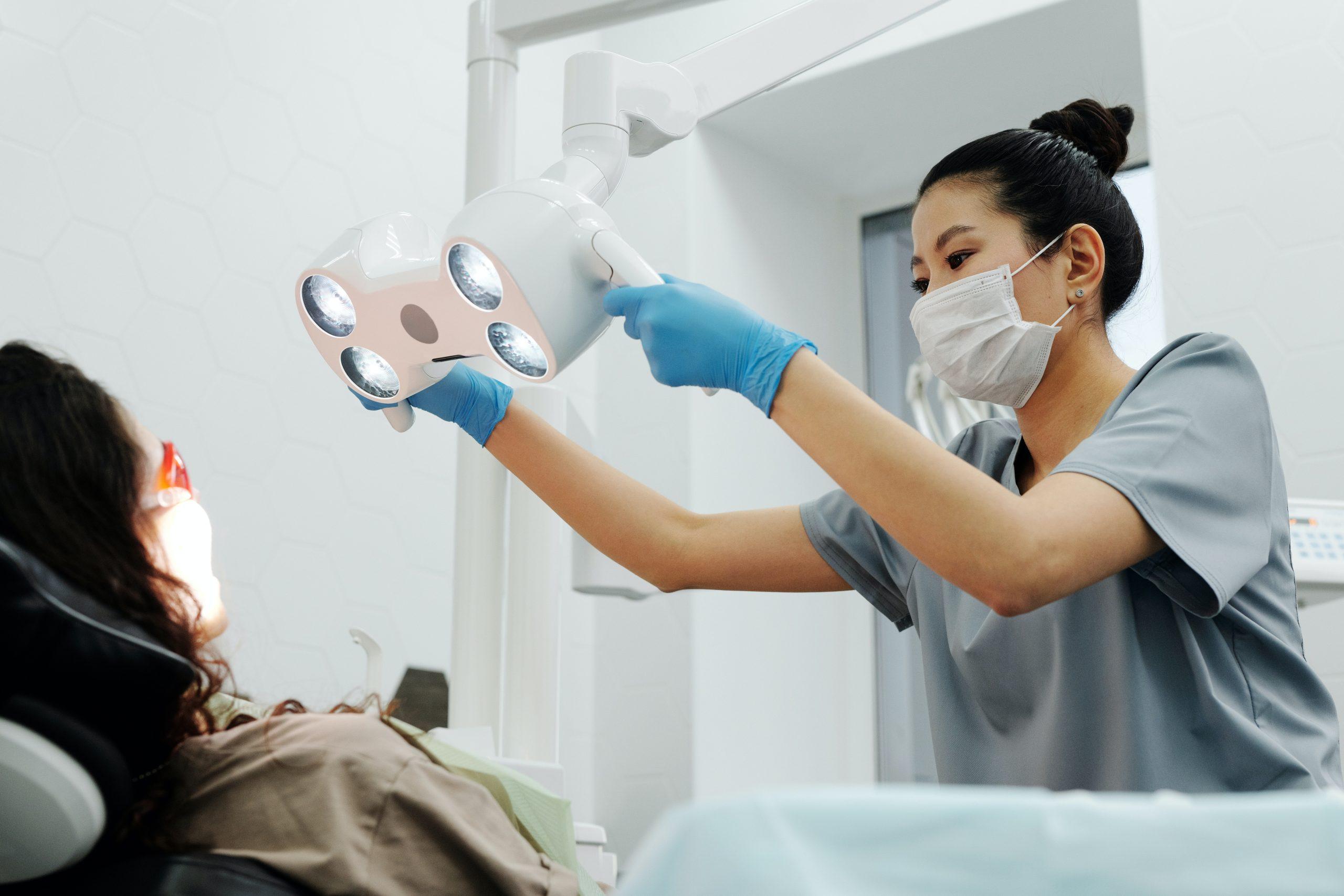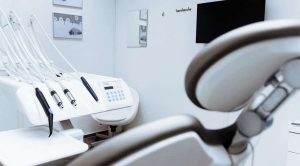What You Should Know About Sedation Dentistry
Sedation dentistry, commonly referred to as sleep dentistry, is a technique used to calm patients during dental procedures. It helps nervous or fearful individuals feel more relaxed and at ease during dental procedures. Sedation dentistry aims to alleviate patients’ anxiety, pain, and discomfort during dental operations and enhance their entire experience.

Sedation dentistry is utilized for numerous dental operations, including routine cleanings, fillings, extractions, root canals, and even difficult surgeries.
It is frequently administered to individuals who have a severe dental phobia, a low pain threshold, a sensitive gag reflex, or who must undergo a protracted procedure.
Dentistry employs a variety of sedation procedures, including oral sedation, inhaled sedation, and intravenous sedation.
Before an oral sedation operation, you take a tablet to assist you feel comfortable. The tablet can be a moderate sedative or a greater sedative, depending on the patient’s level of anxiety and the surgery being performed.
Oral sedation is popular because it is simple to administer and has few adverse effects.
During the treatment, inhaled sedation, often known as nitrous oxide or “laughing gas,” is a gas that is inhaled through a mask.
This sort of sedation offers a relaxing effect and is typically used for mild to severe anxiety. The effects of breathed sedation wear off rapidly, allowing patients to drive themselves home after the treatment.
IV sedation is a type of sedation in which medication is delivered directly into the bloodstream through an IV. This sort of sedation induces a deeper state of calm and is frequently administered to patients with acute anxiety or who are undergoing a lengthy operation.
Despite the fact that sedation dentistry might lessen anxiety and discomfort, local anesthetic is still required.
Local anesthetic is still required to numb the treatment area, and patients will continue to experience pressure and movement during the procedure.
Sedative dentistry is safe when administered by a licensed dentist with sedation administration training. Patients will be watched during the process to guarantee their safety, and they will be awake yet comfortable.
After the surgery, patients may have some grogginess or confusion, although this will normally resolve within a few hours.
In conclusion, sedation dentistry is a safe and effective approach for patients to feel more relaxed and comfortable during dental operations.
Sedation dentistry can lessen patients’ anxiety, pain, and discomfort, and enhance their entire experience.
Consult with your dentist if you are considering sedation dentistry to discover if it is appropriate for you and to select the best type of sedation for your needs.
Visit us on Pinterest, Facebook and Instagram








 REQUEST AN APPOINTMENT
REQUEST AN APPOINTMENT